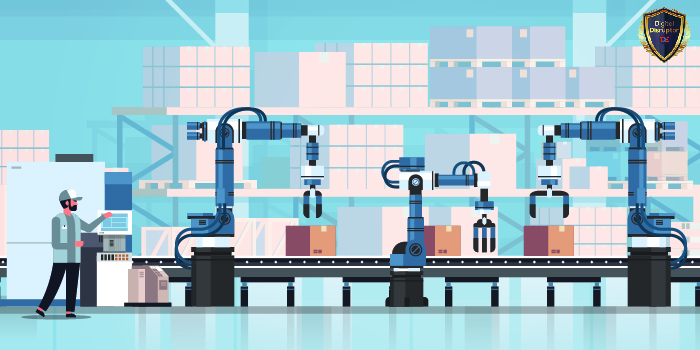Elastic Manufacturing Capacity - What is it and Why do I need it?

Joanne Moretti, Founder and CEO at JCurve Digital and co-author Philip Stoten, CEO of Scoop Communications explores elastic capacity in manufacturing and how AI-driven ‘smart’ software can further enhance this elasticity for unparalleled visibility and flexibility
Elastic capacity is not a new concept in manufacturing. Does traditional electronics manufacturing services (EMS) deliver genuine elasticity and the associated benefits? The first EMS revolution was based on the idea of shared capacity that could grow or contract to reflect the demand of OEMs. Companies like Foxconn, Pegatron, Flex and Jabil have grown to become giants by offering the advantage of variable capacity to multiple OEMs, over the rigid capacity of the old model where the OEM owned their own fixed manufacturing facilities and made their own products.
The truth is that this never actually delivered elasticity in its truest form to OEMs. OEMs are locked into specific factories and usually foot the cost of moving their workload, even if the EMS allows the move. None of this is frictionless, and it quickly becomes the customer's problem. True elastic factory capacity seamlessly moves workloads to the best factory to deliver a better outcome, with no friction to the customer.
In other marketplaces, elastic capacity has become the norm, offering numerous benefits. Uber offers elastic ride capacity, bringing new drivers onto the streets when demand is high. Airbnb does the same for the world of accommodation, providing a model that offers flexibility and agility to both sides of the transaction.
Now, companies like MacroFab, Xometry, 3D Hubs and Fictiv are doing the same in the manufacturing world. They provide a frictionless user-friendly experience that is focused on improving the quotation, order and supply chain processes while accessing pre-vetted capacity that might otherwise be unused in the market.
What is elastic capacity?
In simple terms, elastic capacity means you can utilize 10,000 square feet of factory floor capacity one month, grow that to 100,000 square feet next month, and reduce it to zero the following month, all with no fixed costs or penalties. This cannot be done with a single vendor who has their own demands to maximize utilization of their factories, sell empty space and maximize margin return on existing space. Adding new lines or new factories to an existing footprint is not a quick process.
The contract-driven nature of EMS agreements makes it even worse for the OEM. A customer’s elasticity only grows in one direction, and that’s by spending more money. Spending less and scaling down becomes punitive; suddenly orders are late or customers get fired. Elasticity, where the customer owns all the downside, is not elasticity and not good for the customer. In the world of MaaS (Manufacturing as a Service) adding capacity is fast or even instantaneous and reducing volumes is not punitive.
From the factory operator’s point of view, they gain the advantage of elastic demand, allowing them to sell unused capacity and drive their utilization up. These platforms succeed when they deliver a win-win solution to buyers and sellers. This is just like the Uber driver, who can see demand and chose how much work to do and which jobs to take. Artificial Intelligence (AI) in the back office, further enhances the elasticity, ensuring better matching between buyer and seller. True elasticity requires exceptionally smart software. True elastic MaaS providers are software companies at their core.
Why do I need elastic capacity?
The answer to this question is simple. You need elasticity because business, like life, is unpredictable. Twenty-five years ago, OEMs asked why are we locked into our own manufacturing capacity regardless of demand, and EMS1.0 was born. Now they are asking themselves why are we locked into a single outsourced supplier regardless of technical capability, volumes and manufacturing geography. Suddenly the old EMS model seems cumbersome and unable to react to the demands of the current market. Current contractual models are harsh and seem to work against the agility the customers need and terms and conditions seem less and less like a partnership agreement.
Enter EMS2.0, with total flexibility in terms of volume, geography, and technology. It’s nice to know that whatever happens in your market, your MaaS platform has the right vendor to meet your demands. Companies embracing this new model are gaining the agility they need to keep pace with markets that are moving faster than ever. They explore and embrace every new manufacturing technique, and they immediately see the impact that volume will have on their price and delivery schedule. In short, they gain unprecedented flexibility and visibility.
An entire world of manufacturing is waiting for you, why wouldn’t you access it. And since the route to that capacity is simpler, faster and more efficient than the old model, it’s no wonder more and more engineers and buyers are embracing EMS2.0, MaaS, and the idea of elastic capacity.
Before Uber, standing in line or hailing a passing taxi seemed fine, now consumers are used to a much more flexible customer-centric service. Expect the same in the manufacturing world!


 By
By 








